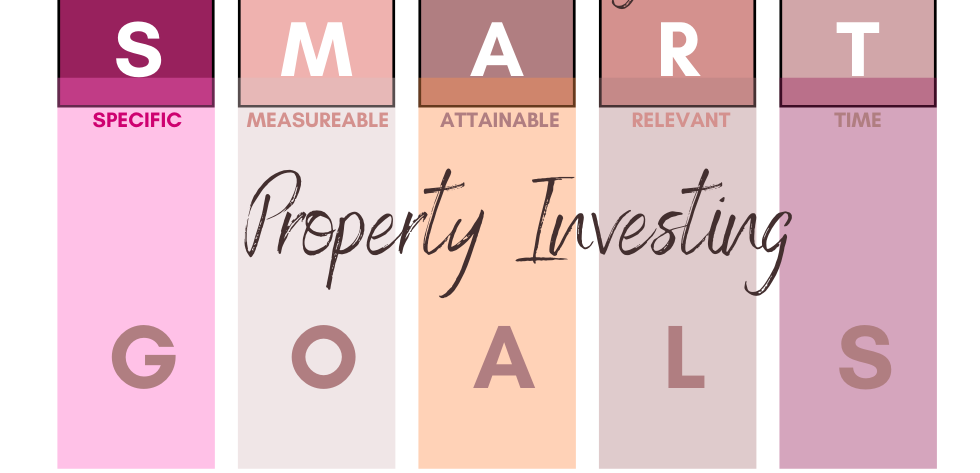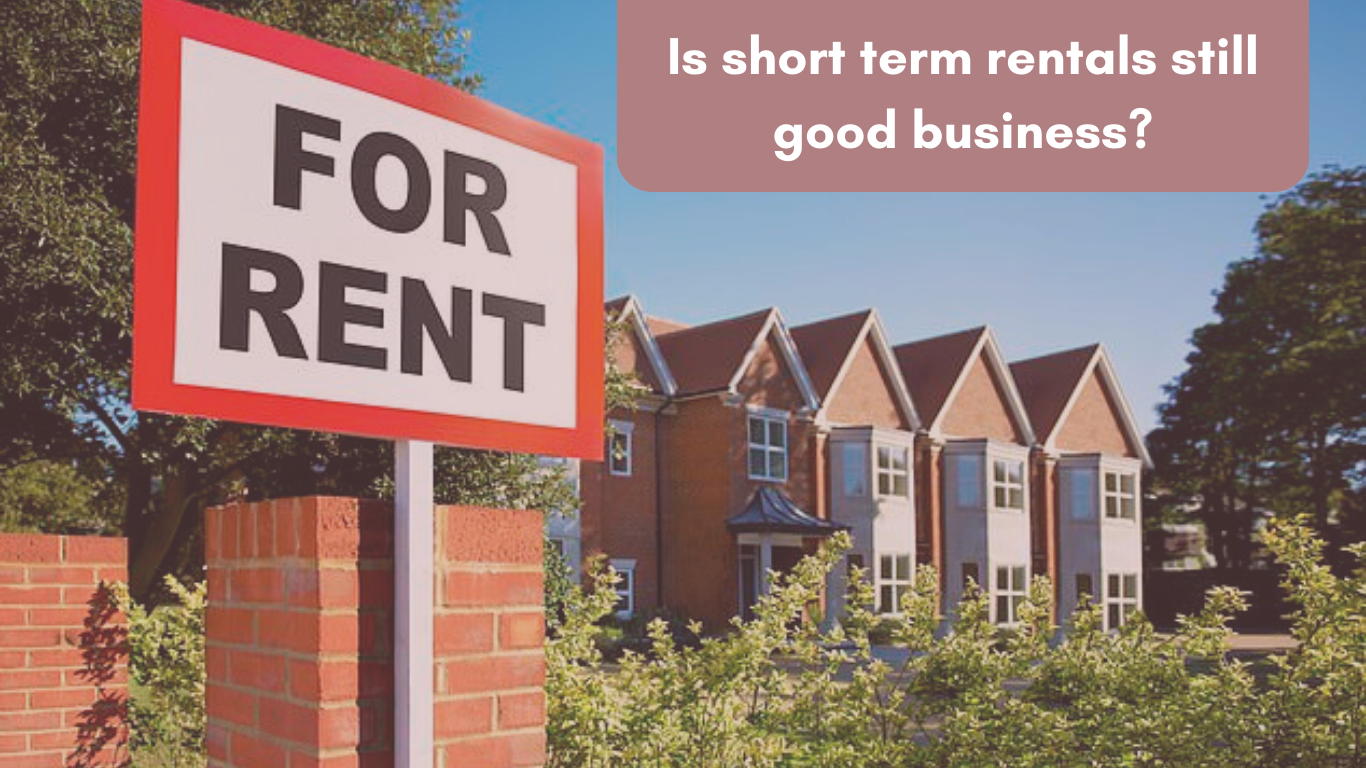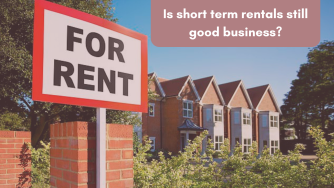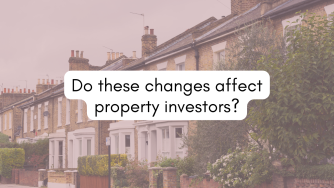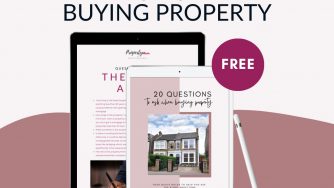Simply put, this is the birds-eye view of the property investment plan you’ll be following to meet your defined goals for your life. Remember, for the most part your life is made of the earning years and then the retirement years and so you need a well thought out plan of what you’ll be expecting to see once you hit age 65-70 well before you get to that stage. Most people have an idea, but the hustle and bustle of life can be hugely distracting and even plans put together might not always be done properly or in an achievable way. It will need to take into account your current circumstances and your plan to build a long term plan you can be sure will bring you to a place of more security, stability and eventually long term wealth.
The most prevalent mistake is making VAGUE plans, that don’t have any metrics or any defined or structured way of measuring that you’re achieving them. So, the Property Investment Plan is designed to break down your goals into a step-by-step plan you can follow to build your property portfolio.
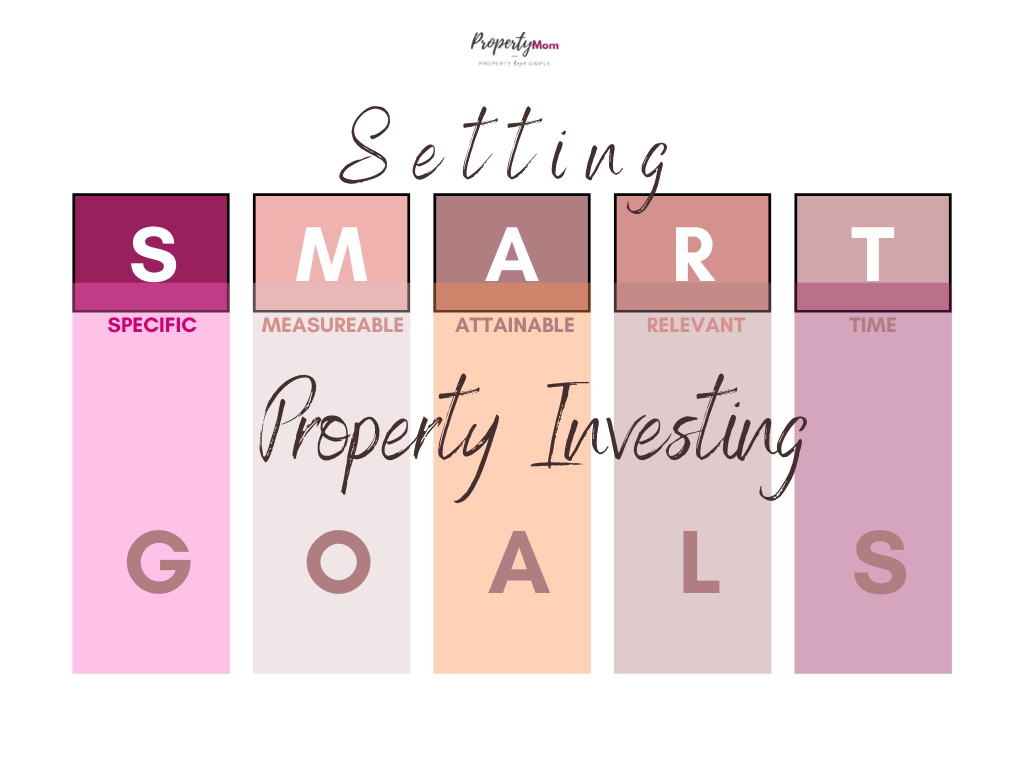
It is an amazing way breakdown your initial investment goals into actionable steps which will eventually evolve into a calendar of events you can use to create a daily plan of action and robust calendar should outline deadlines, tasks and all required actions that must take place for you to succeed. Which means that you’ll know when you’re slipping and falling short of your target. It means that you stop working with just your imagination, but you now have a clear set of activities that take you from imagination to reality. This will all feed into your Property Acquisition Action Plan which provides clear guidelines for what success would look like.
For example, when starting the initial discussion to build out this plan, I always start with “What is your initial capital we are working with and what do you want income do you want to achieve? “. It helps us map out and create specific goals that actually help you clearly articulate what property criteria you need to be searching for in order to meet these goals.
The goal “Get more properties or Earn more money.” is not a very well thought out goal. It clearly doesn’t specify much more than an outcome, doesn’t have any numbers to attach to it or specify how much income each property must generate for it to be worth “getting”. For you to increase your chance of success, your goals therefore need to be S.M.A.R.T. Breaking down a goal into smaller bite-sized sections helps you to make progress in achieving it as opposed making it unduly complex.
By creating SMART goals, you can identify and establish your goal post and set targets. SMART goals are not unrealistic goals that cannot be measured or attained. They must be also be relevant to your life, plan and current circumstances. Most importantly, they must have a defined deadline by when it should be attained. Defining these boundaries helps to devise a plan of action.
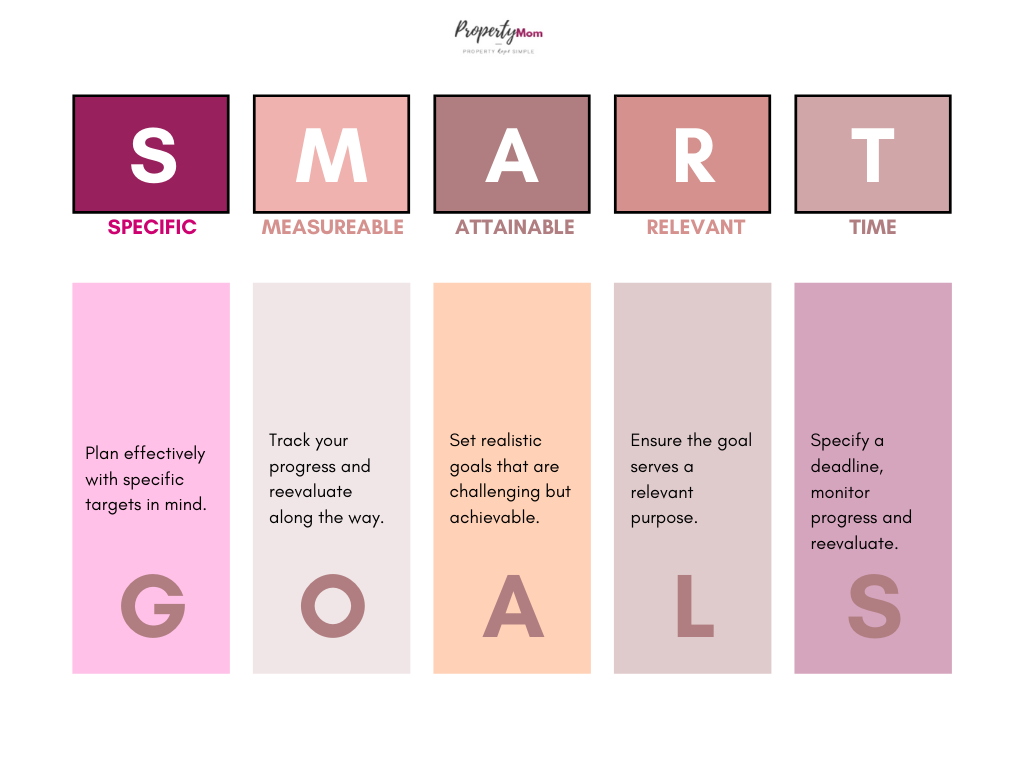
A much better goal has 3 core steps:
Step 1: Be clear & set your target
Lets start with a simple example: I want to buy 3 properties this year each generating £500 net profit so I can achieve a gross total of £1,500 per month on each property over the next 12 month Or I would like to achieve an asset growth goal of £600,000 at the end of the year! compare this to “I want to buy a house”. Clearly, with the latter, you do have a starting point which is good (at least you know you’re not buying a car or boat 😉 but it is not enough and won’t give you any indication of what buying a house will actually achieve.
The former statement works because it has figures and number attached to it which means you can definitely start working towards achieving it and compare and tweak with the reality you find when you begin the in-depth analysis. In reality, working through this, we would really unpack how this level of detail translates into a realistic target which you could get to work on setting it up.
Step 2: Figure out how much you can afford (or how you will raise more capital).
Here, the main thing is to work out what you can afford based on the amount you have currently in savings (or that you potentially have access to) and then narrow down the areas and properties that match that budget to start shortlisting. You will also want to check for the potential uplift you could attain with the property given the layout and current configuration. This exercise instantly helps you eliminate what WILL not work for you and will save you a valuable time.
For instance, If a 3 bed house can’t attain the numbers based on your calculation then you wouldn’t even bother looking at 3 beds as part of your criteria. Once you narrow down what can help you achieve your goals then the next step is even easier.
Step 3: Plug In your Numbers
The key to success here is having a great template! I have a excel spreadsheets & templates that cover 5 mins test to see if a property makes sense even pursuing. A template for building a portfolio, where you plug in the initial values and it breaks down in actual specific numbers how you can build a portfolio, work out profitability, detailed cost analysis and many more to ensure I’m working with the correct values. In today’s market, simply looking at a property and selecting it based on face value just isn’t sound investing.
Now, you have a clearer picture of what you’re looking for your next step is to evaluate and narrow down what areas you need to search and start building the relationships. It sounds easy right, but this is usually the most time consuming and frustrating part so brace yourself. The real key is in making sure your rock solid template is easily available for you to start plugging in numbers and data you gather from your research. In property investing, it’s so key that you know what strategies work in an area and a detailed list of every single cost implication of following that strategy which you need to consider to make sure your metrics are correct as they will impact your Return On Investment, Return on Capital Employed, Profitability and various things you need to consider so you know what exactly makes it a good deal.
Once you have this plan, you can start looking at the right Areas to invest that suit and match the goals you have set, which I cover in my podcast “Finding your Goldmine Area“.
Have you put together your own Property Investment Plan? Please reach out and book a session, let’s get you started!

